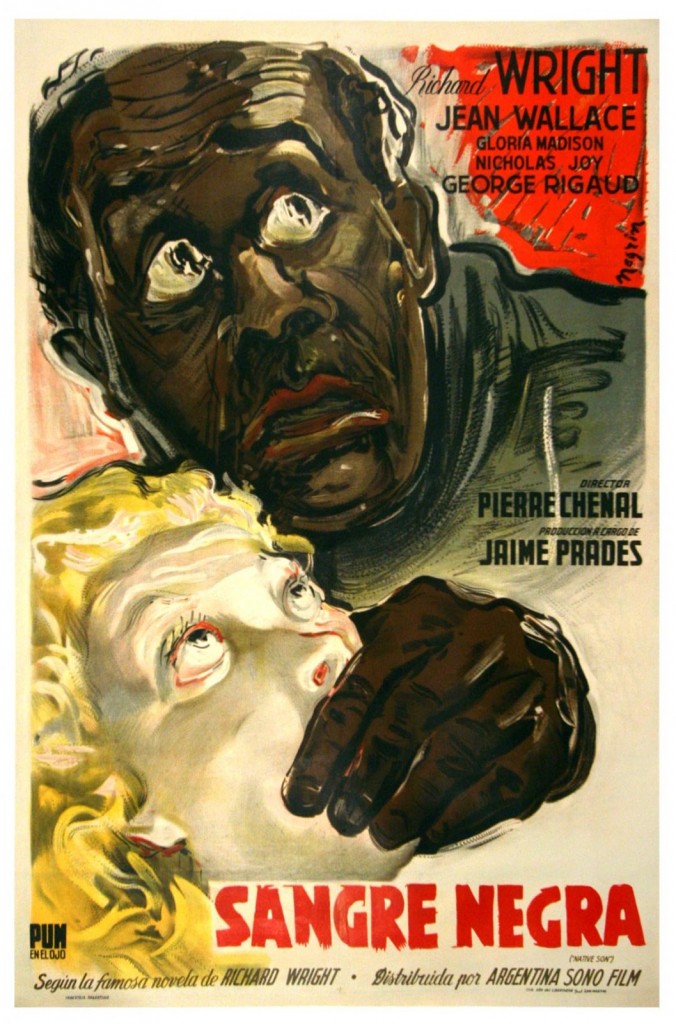I first became interested in the film version of Native Son when I was reading over a list of films that the Library of Congress had preserved in 2004. Amidst countless Vitaphone shorts, the original Superman serial, and silent features from forgotten and one-off production companies like Davis Distributing Division, Paralta Plays, Inc., Arrow Film Corp., and Ivan Films, Inc., there was also Native Son, seemingly removed from the others by time and space. As I read up on the film, it just became more interesting—an independent production that starred the author of the landmark novel, shot not in America but Argentina. Even Oscar Micheaux, ever-marginal, never had to make a film in exile.
Contemporary accounts of the film throw the nature of that exile into relief. The book had already been adapted for the stage in 1941 by no less than Orson Welles; actor Canada Lee was cast as Bigger Thomas and the play went on to a long run. It proved popular enough to entice Hollywood. Even MGM, the studio with the sensibility farthest afield from Wright’s, expressed interest. Wright eventually turned down a $50,000 offer for the screen rights, fearing that the film would desecrate the book. (He was undoubtedly right: talk centered on a white-cast version with assorted cuts to appease Southern exhibitors.)
Renewed talks for a screen version began at a Parisian café, where director Pierre Chenal, producer Jaime Prades, and Argentina Sono Films head Artillo Mentasti convinced Wright that an unexpurgated rendition could be filmed in Argentina, which had also seen long runs of the stage production (in Spanish, with a white cast). Believing that Argentina was anything but a US client state, and thus indifferent to the potential consequences of an incendiary picture of American race relations, Wright set up shop at Sono Film.

